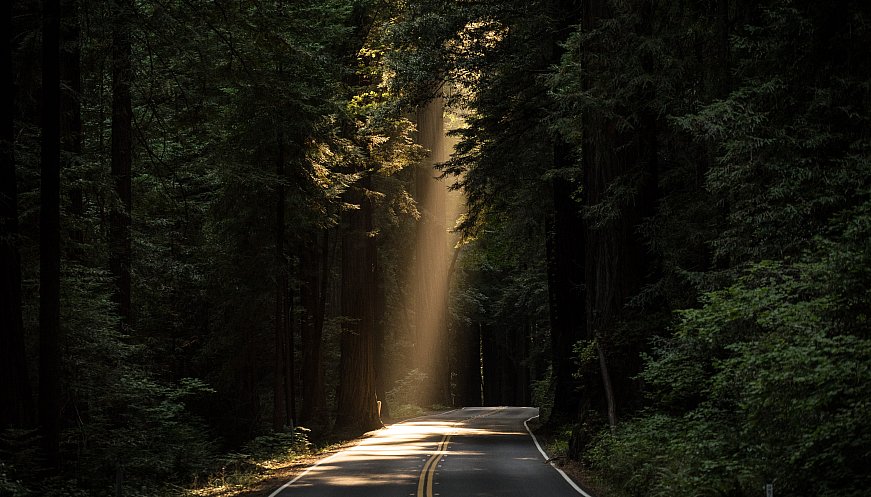 Photo: John Towner | Unsplash
Photo: John Towner | Unsplash
Washington Post contributing columnist Amanda Ripley has a message for mainstream news: Hope is critical to human flourishing, and it belongs in the news. Hope isn’t just thinking “everything will be OK.” “Hope is the belief that your future can be better and brighter than your past and that you actually have a role to play in making it better,” according to Casey Gwinn and Chan Hellman, the authors of Hope Rising. If hope were an equation, it would look something like this: hope = goals + road map + willpower. Hope is more like a muscle than an emotion; it can be taught and learned and people with more hope skills perform better in school, sports and work. In order to bring a fuller picture into journalism, according to Ripley, journalists will need to ask different questions. Questions like: What are realistic goals, in the face of a wicked problem? What are some of the ways other communities have tried to get there? And how did they manage to press on when things didn’t go as planned? Ripley ends her piece saying, “For journalists, hope is a defiant way of being in the world: ever on the lookout for what is but always alert to what might be.”
More:














